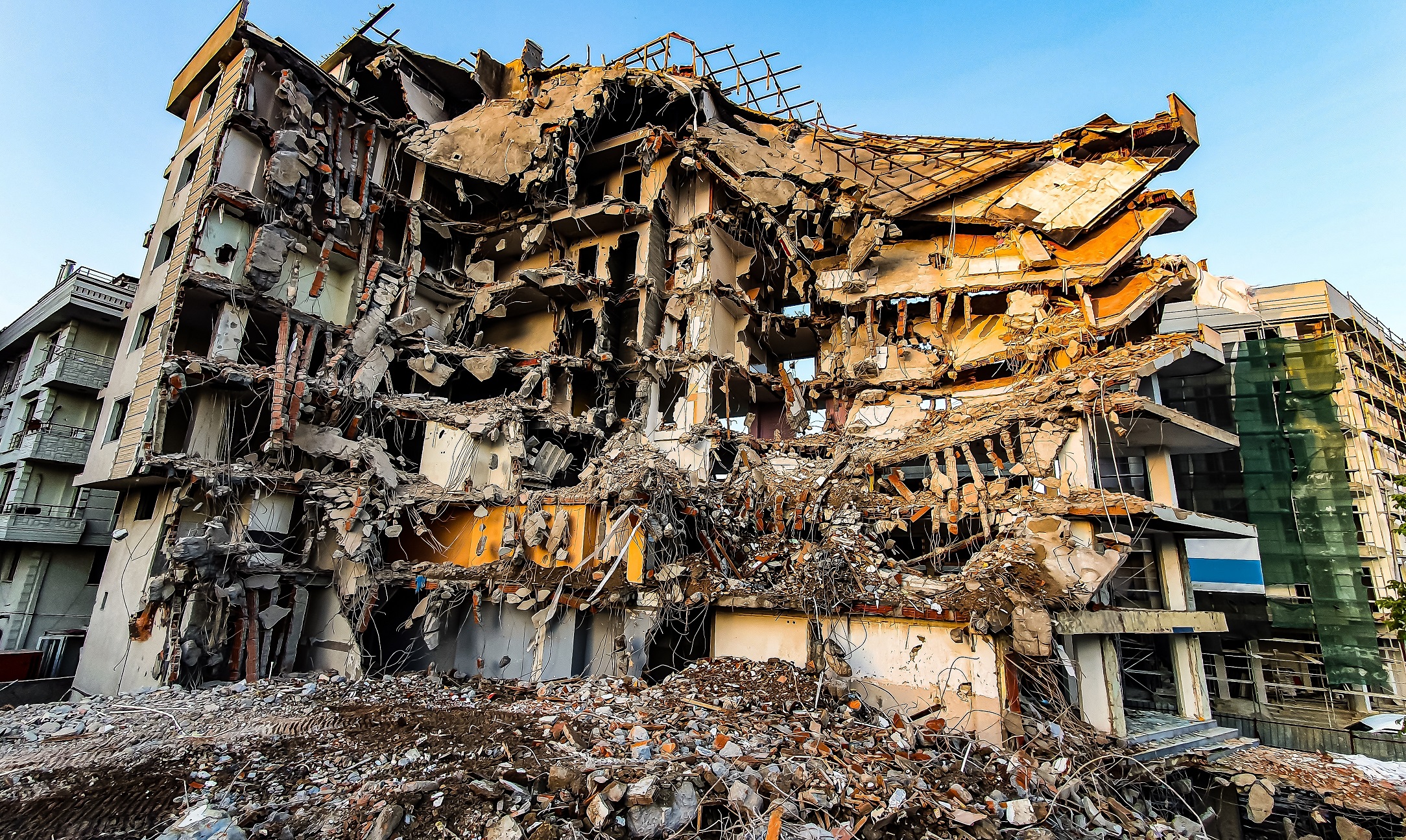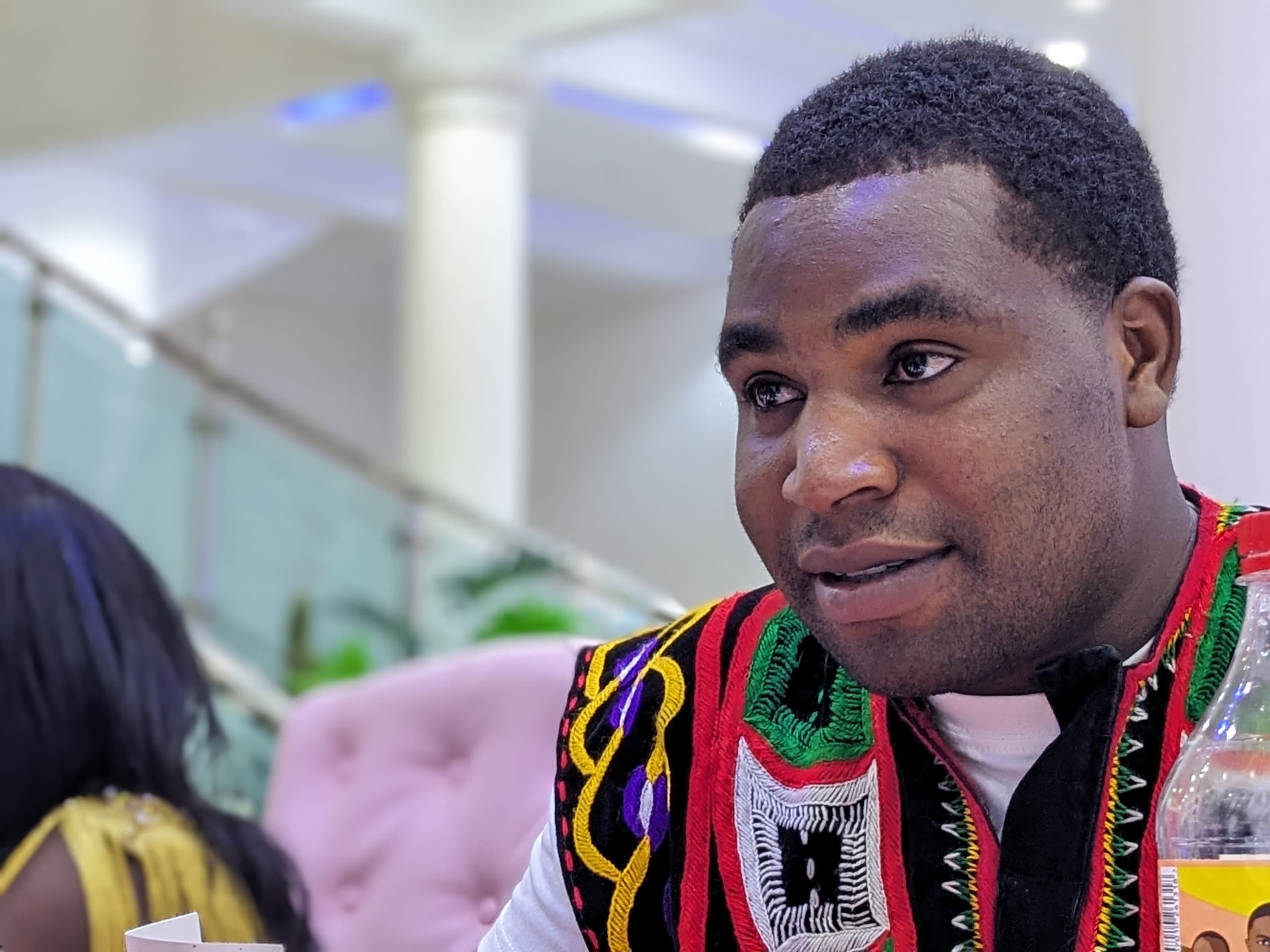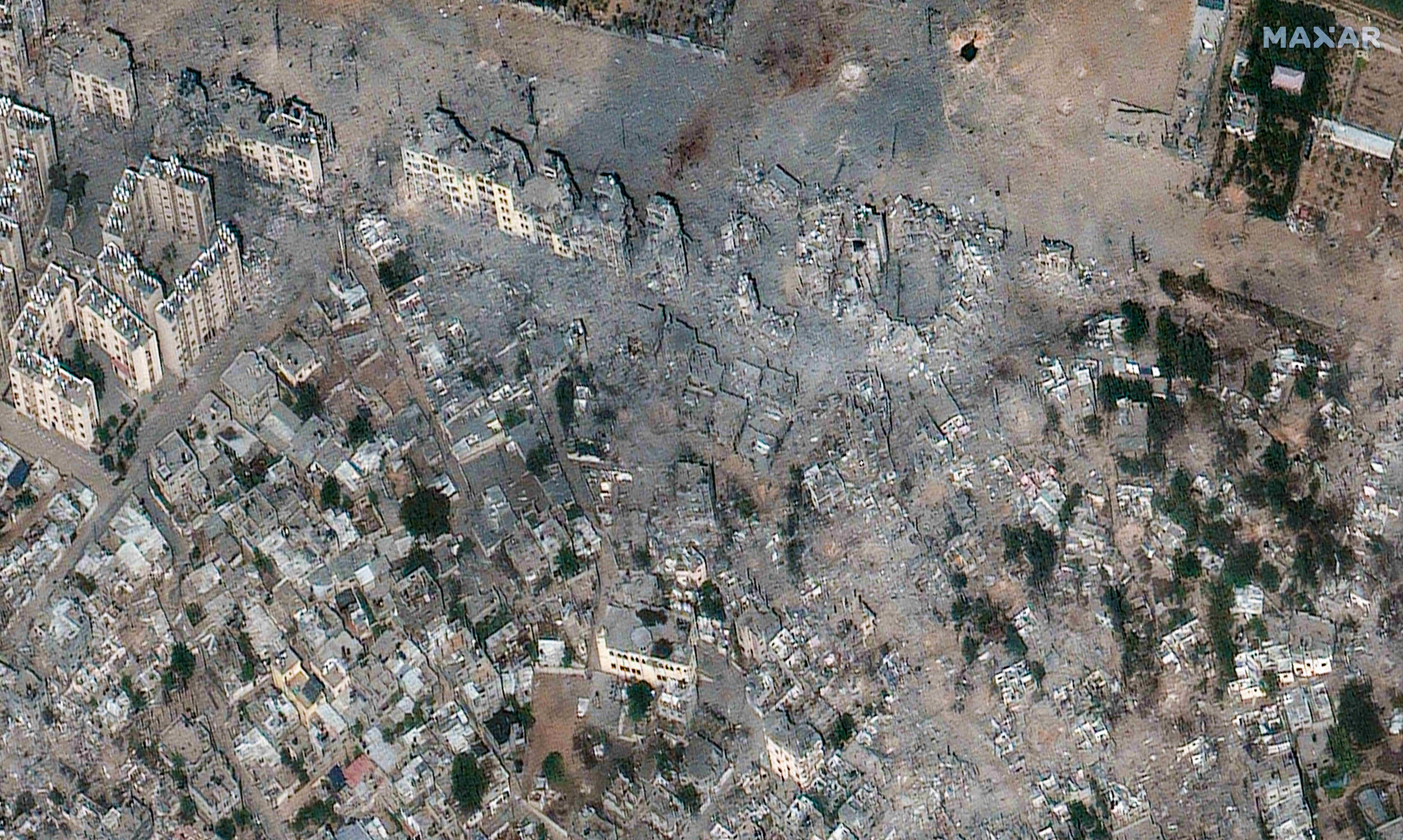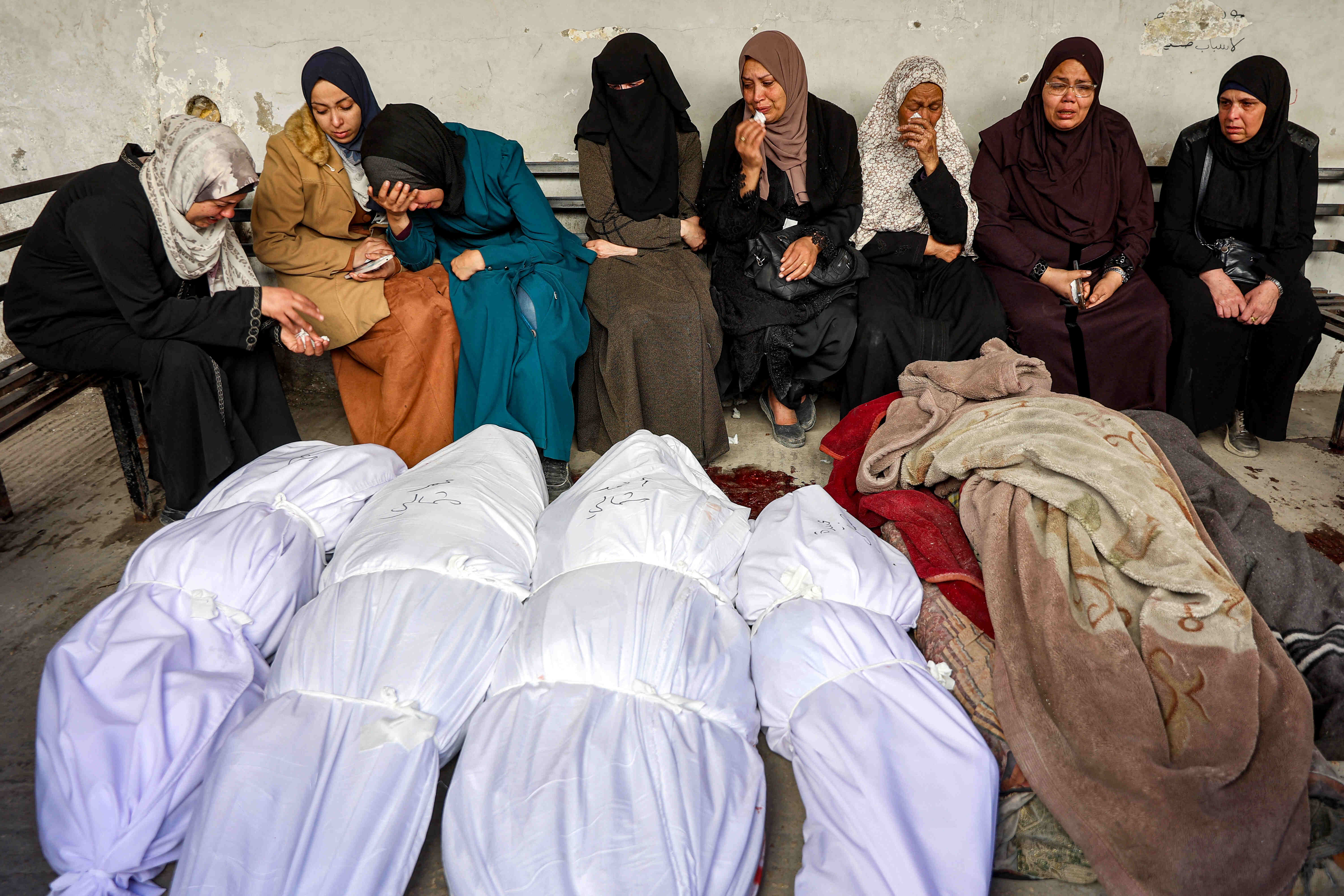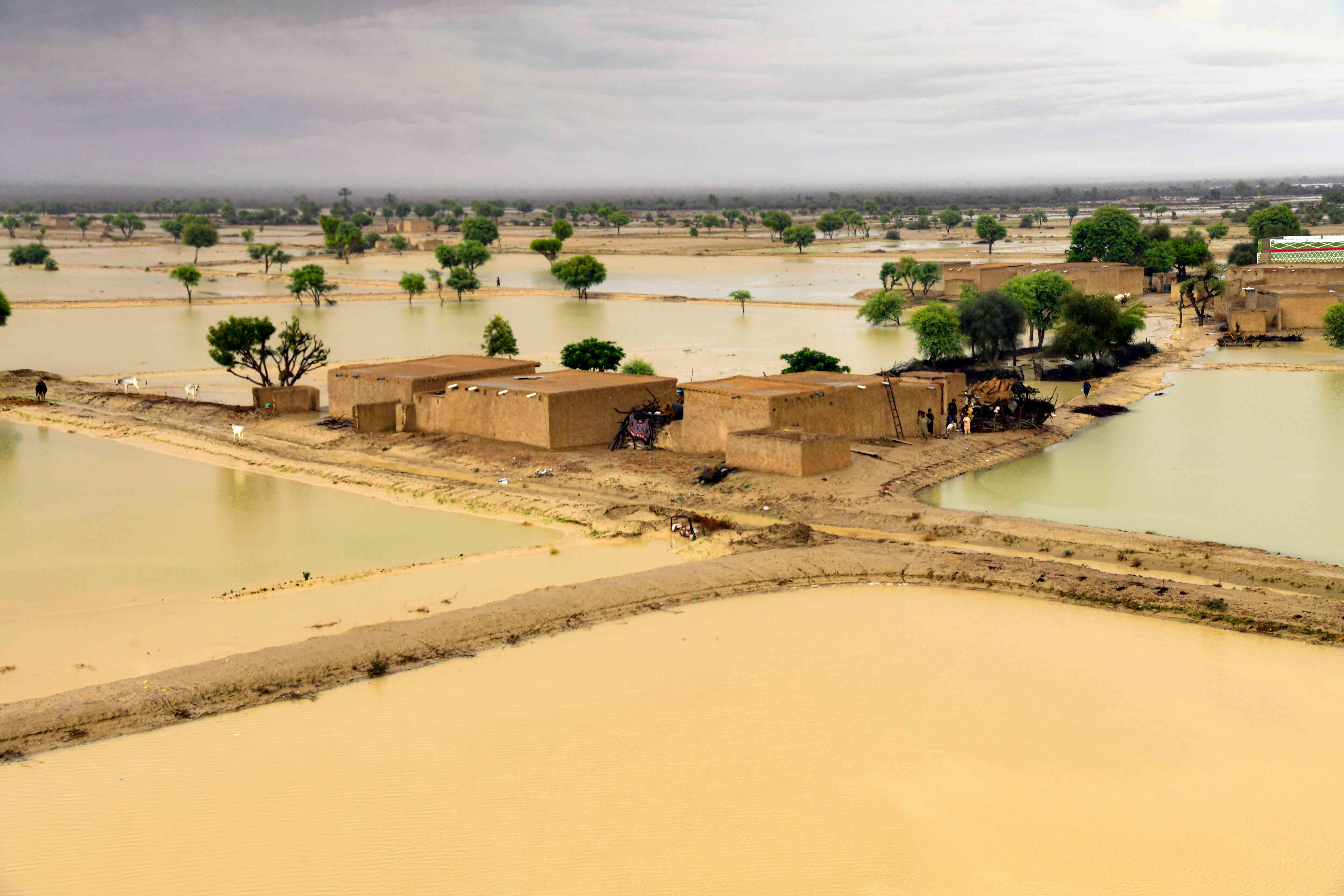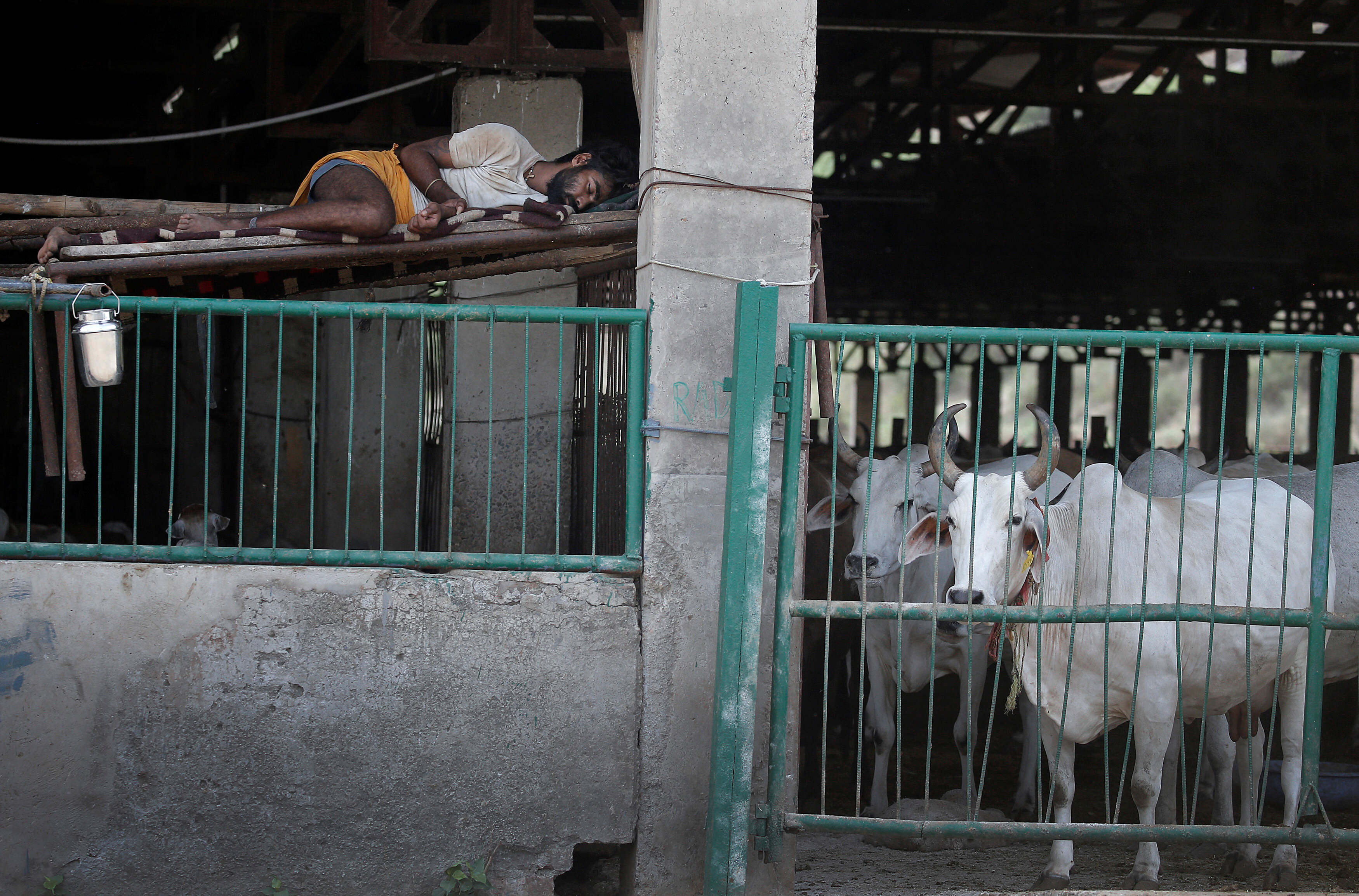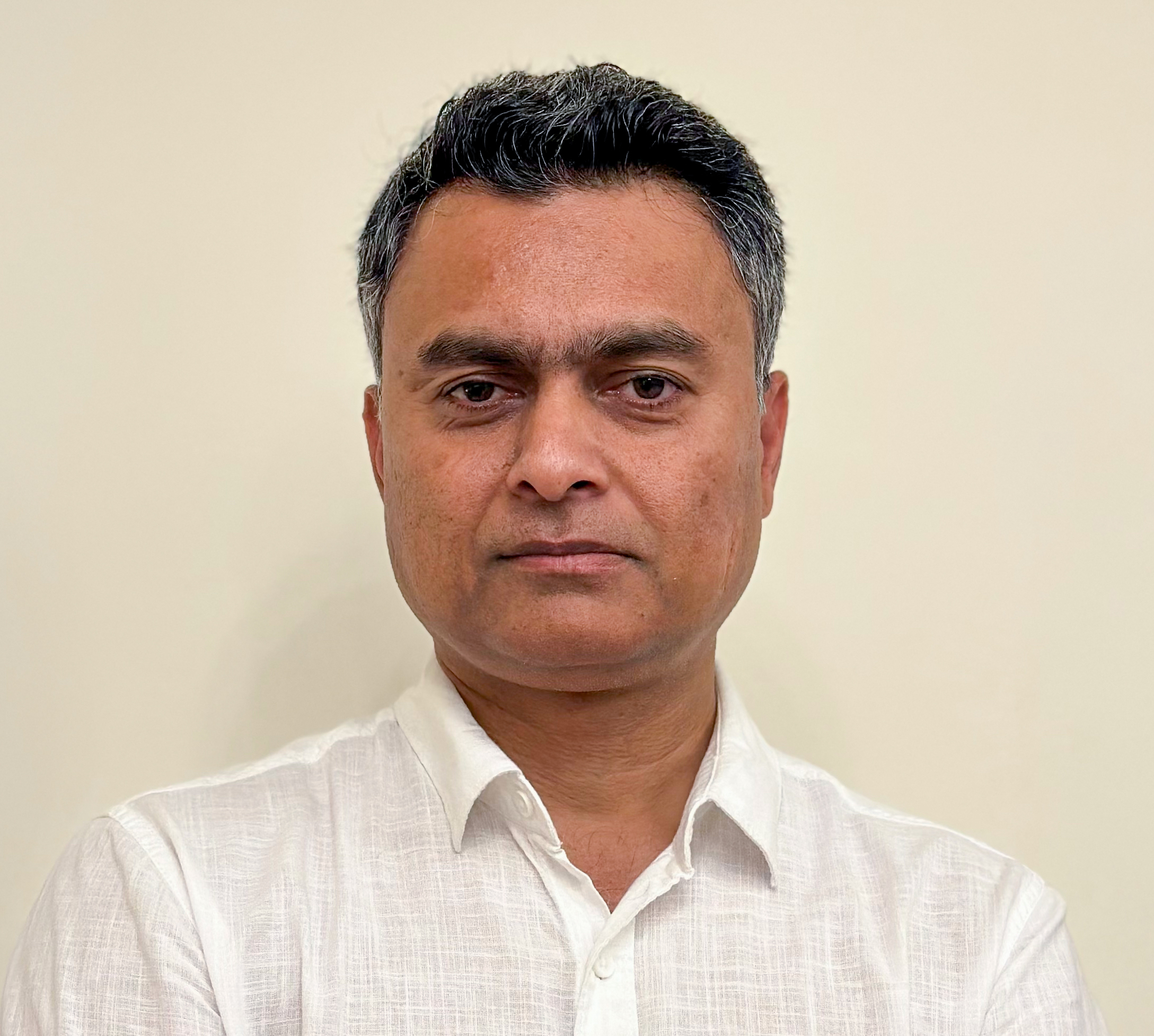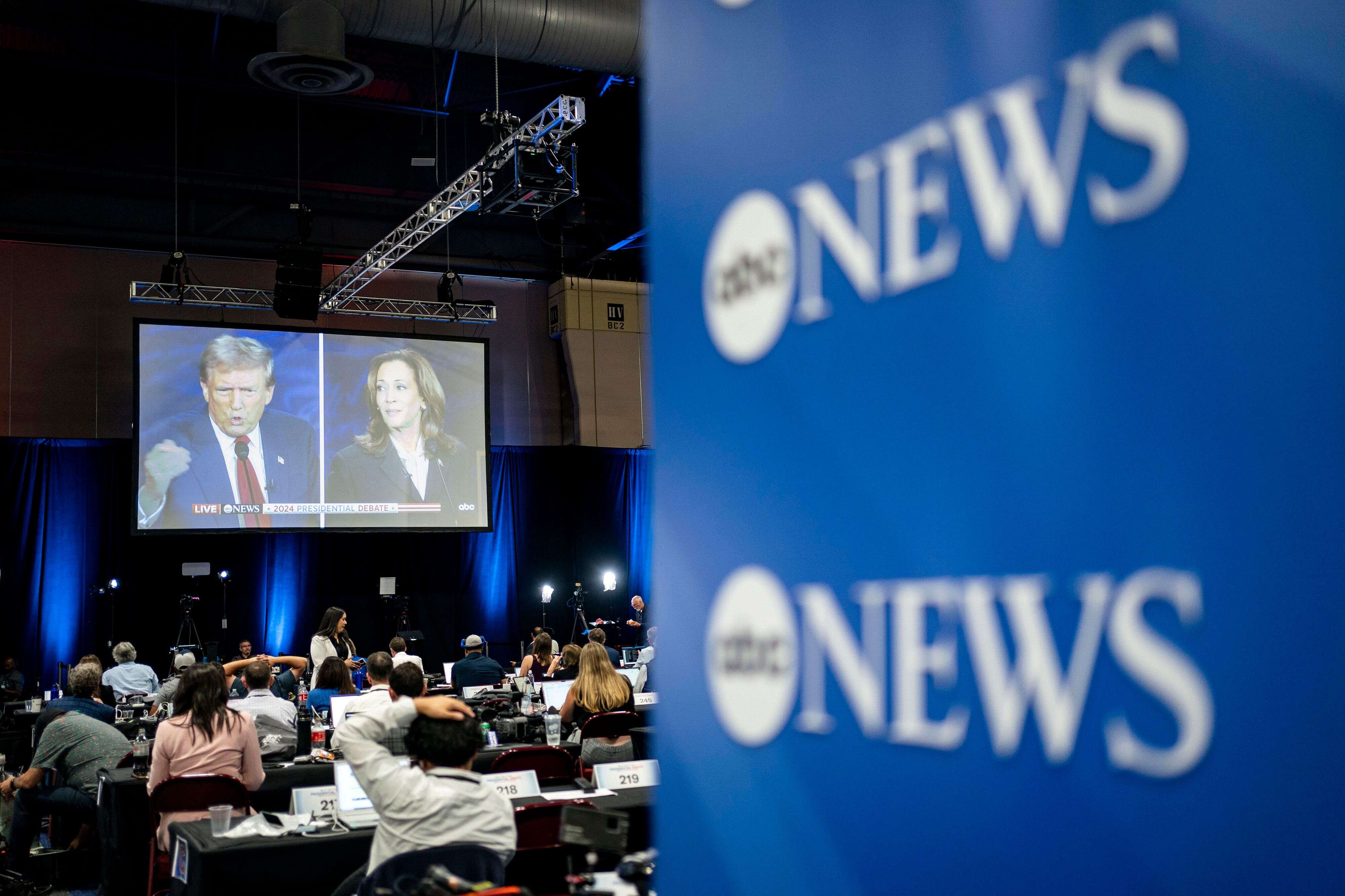في اللحظات الأولى للزلزال، لا يكون أمامنا متسع من الوقت للتنقيب في أكوام البيانات، وعلينا أن نسرع في الإجابة عن الأسئلة الأساسية التي قد تكون أحيانا فارقة في حياة الناس: هل حدث الزلزال بالفعل؟ في أي مكان؟ بأية قوة؟ وما نتائجه الأولية؟ ما المناطق التي تحتاج إلى تدخل سريع؟ وكيف نقلل أكثر ما يمكن من الخسائر؟
بعد أن نكون قد تفحصنا وأزلنا الشوائب عما يدور من أخبار على وسائل التواصل الاجتماعي، وفصلنا المعلومات والصور السليمة والحقيقية للزلزال من الخاطئة والمضللة، سنحتاج إلى تغطية أعمق وأكثر شمولية وهنا قد تكون البيانات سبيلنا إلى ذلك. ولكن من أين نبدأ وماذا سنفعل بالتحديد؟
يصعب التنبؤ بالزلازل بشكل موثوق، كما أن الكثير من الهزات الأرضية تحدث دون أن نشعر بها. والبيانات تؤدي دورا مهما في فهم ما حدث وفي تقييم حجم الخسائر وكيفية التجهيز لظواهر مماثلة في المستقبل.
ما القصص التي يمكن أن نرويها؟
يختلف الأمر حسب حجم الزلزال والخسائر التي تسبب فيها، ولكن بعض الأفكار يمكن أن تساعد وسط زحمة الأخبار المتدفقة أوقات الأزمة:
1-قوة الزلزال وأضراره، وما المناطق التي ضربها؟ ما أكثر المناطق تضررا؟
2-المقارنة الأفقية والعمودية، حيث يمكن أن نقارن هنا الزلزال الحالي بتاريخ الهزات الأرضية التي عرفها، وهي ما نطلق عليه هنا المقارنة العمودية، وبعدها تقديم ترتيب ومقارنة الزلزال بمناطق قريبة وهي ما نطلق عليه هنا المقارنة الأفقية.
3-التحليلات التاريخية، تسمح لنا بتفحص سجل بيانات الزلازل في فترة زمنية مطولة. يمكن أن نتعرف على الأماكن التي تركزت الزلازل فيها سابقا وفي أية مدينة أو بلد.
4-التصاميم التفسيرية: يمكن أن تسمح البيانات بتفسير ظاهرة الزلازل للجمهور وإشراكه في عملية الاستكشاف بشكل يجعلنا نتعرف كيف تتأثر بنايات ومناطق معينة بدرجات الزلازل المختلفة بالاعتماد على البيانات.
5-حجم الخسائر، بتوظيف بيانات الأقمار الاصطناعية وتقديم تصور وتحليل شاملين عن الآثار التي ترتبت عن الزلزال على الأرض.
6- التحقق: يمكن استخدام البيانات للتحقق من الادعاءات المتعلقة بخطورة الزلزال أو الخسائر التي تسبب فيها، خاصة إذا كانت ثمة مزاعم بأنه الأقوى منذ عقود أو غيرها، كما تساعدنا البيانات في وضع السياق لأن عوامل عديدة تتدخل في مدى فداحة الزلازل مثل الكثافة السكانية والطبيعة المعمارية وغيرها..
لا يوجد قالب واحد لتغطية الزلازل وتوظيف البيانات في ذلك. يباغتنا الزلزال كما تباغتنا الأرقام المتعلقة به، ويكون علينا اتخاذ قرارات تحريرية متعددة في فترة زمنية محدودة، وقد يرفع ذلك من احتمالات ارتكاب الأخطاء. سيتوجب علينا أيضا التعامل مع العديد من الأرقام والإحصائيات وأن نعرف كيف نوظف الأرقام في القصة.
لا يوجد قالب واحد لتغطية الزلازل وتوظيف البيانات في ذلك. يباغتنا الزلزال كما تباغتنا الأرقام المتعلقة به، ولزام علينا اتخاذ قرارات تحريرية متعددة في فترة زمنية محدودة، وقد يرفع ذلك من احتمالات ارتكاب الأخطاء.
هل ستختلف مراحل العمل؟
مراحل العمل على البيانات ستكون موحدة ولكن هناك بعض النقاط التي يمكن الانتباه إليها عند التعامل مع بيانات الزلازل.
في مرحلة جمع البيانات، وعند اعتماد قواعد بيانات دولية تقوم برصد الزلازل وتسجيلها بشكل مستمر، وبالرغم من أن المشرفين على العمل ينتظرون منك تقريرا مدفوعا بالبيانات حول الزلازل التي ضربت المنطقة خلال السنوات العشر الأخيرة، الآن قبل الغد، لا تتردد في أن تتوقف قليلا وتفحص منهجية المصادر التي تتعامل معها. ثمة دائما حدود للبيانات التي تعمل عليها، فحاول أن تحددها وتتأكد من أنك تستطيع أن تفسر ذلك للجمهور. لا بد من الاستعانة بالخبراء إذا استدعى الأمر ذلك. عندما تتفحص منهجية جمع البيانات الخاصة بالزلازل، لا تنس البيانات التوصيفية التي تساعدك على فهم البيانات بين يديك ومعرفة كيفية التعامل معها.
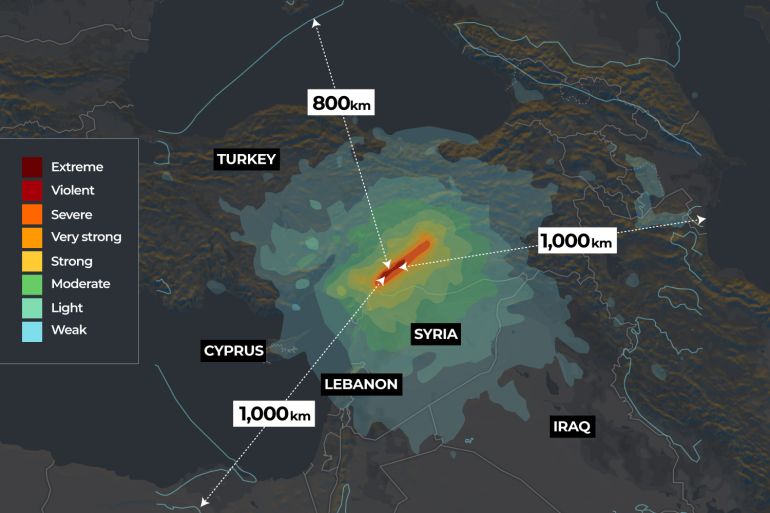
إن فهم منهجية جمع البيانات ومدى دقتها هو العمود الصلب الذي ستقوم عليه القصة، من دونه ستكون عرضة للسقوط أمام أية هزات بعد النشر.
بالرغم من أن المشرفين على العمل ينتظرون منك تقريرا مدفوعا بالبيانات حول الزلازل التي ضربت المنطقة خلال السنوات العشر الأخيرة، الآن قبل الغد، لا تتردد في أن تتوقف قليلا وتفحص منهجية المصادر.
إلى جانب ذلك، لا تغفل مرحلة تنظيف البيانات في خضم تسارع الأزمة، وأيضا حاول أن تضع أسئلتك عند تحليل البيانات ضمن السياق الخاص بالزلازل، فإلى جانب أسئلة مثل هل كان هذا الزلزال الأخير الأقوى في تاريخ البلد؟ هل حجم الخسائر غير مسبوق؟ يمكن أن نفكر في أسئلة من قبيل: كيف يختلف هذا الزلزال عن سابقيه؟ وماذا تخبرنا بيانات الزلازل السابقة عن كيفية الحد من تبعاته؟
كيف نعرض النتائج على الجمهور؟
جمع البيانات وتنظيفها وتحليلها، مراحل خفية لا يراها الجمهور وبغض النظر عن حجم الجهد والوقت الذي تطلبه منا العمل، لا قيمة لكل ذلك إن لم تقدم القصة بشكل واضح وجذاب.
سنحتاج إلى اختيار أنسب القوالب البصرية والأساليب التفسيرية، دون أن نغفل رأي الخبراء والمتخصصين والقصص الإنسانية وراء الأرقام.
● الخرائط: هنالك أنواع متعددة من الخرائط التي يمكن أن تساعدنا في عرض توزيع الزلازل والهزات الأرضية التي قد لا نشعر بها في منطقة جغرافية محددة أو في العالم. كما تمكننا الخرائط من عرض التفاوت في شدة الزلازل بين مناطق مختلفة أو فترات زمنية متباينة بصريا. يمكن أيضا عرض خرائط يتم تحديثها بشكل مستمر ليتعرف الجمهور على الهزات التي تحدث بشكل مستمر.
● السلم الزمني: يمر الزلزال الواحد بمجموعة من المراحل وصولا إلى هزات ارتدادية، هناك أيضا مسار إعلان الخسائر وتدخل المساعدات وتدفق أخبار الإنقاذ. يمكن أن تروى وتوضح أكثر عبر السلالم الزمنية، فهي تسمح للجمهور مختلف المراحل وتطور حجم الأضرار والمساعدات.
● المخططات المتناثرة: تسمح بعرض الارتباطات ويمكن أن تستخدم في تفسير العلاقة بين درجة شدة الزلازل والمخاطر التي يمكن أن تتحقق جراءه في سياقات عمرانية وبيئية مختلفة.
● كشف الوجوه وراء الأرقام: من السهل علينا أن نتابع أعداد الضحايا. هل وصلوا إلى مائة أو ألف أو مائة ألف؟ كل هذه الأرقام متشابهة، قد يعني رقم كبير أن الزلزال أدى إلى وفاة عدد كبير من الناس، ولكن تمثل ذلك صعب. من الصعب علينا تخيل الأرقام الكبيرة، ولكن باستطاعتنا تقديم قصص تستخدم البيانات لعرض قصص الضحايا، بأن نضع اسما وراء كل رقم. تعمد بعض وسائل الإعلام إلى ذلك في الحروب ونشرت أيضا قصصا متشابهة حول ضحايا كورونا. سنكون في حاجة إلى قاعدة بيانات تفصل الضحايا. يمكن أيضا أن نرسم صورة تقريبية عن الضحايا بأن نعرف الفئات العمرية التي ينتمون إليها، ومدنهم وغيرها من المتغيرات. الفكرة هنا أن نؤنسن الضحايا، لا التعامل معهم كمجرد أرقام يتم تحديثها بشكل مستمر.
باختصار؛ باعتماد البيانات سنخبر ونفسر وندقق والأهم، سنكشف عما تخبرنا به الأرقام عن الناس؛ عن حياة انتهت وحياة بدأت.
يكون الجزء الأكبر من العمل في صحافة البيانات أمام الحاسوب، وقد تنضاف أعباء أخرى إلى الصحفيين مثل الحديث إلى المصادر ورواية القصص الإنسانية بيد أن البيانات تسمح للصحفيين في أن يفكروا في الزلازل من حيث الحجم والتأثير وتمكنهم من الاشتغال على مقارنات ذات أبعاد مختلفة ولكن أيضا إنتاج محتويات تفسيرية تجعلهم يفهمون هذه الظواهر أكثر. بمقدور البيانات أيضا أن تعرفهم على المناطق التي عرفت أضرارا أقل، كما تسمح لهم بالتحقق من المعلومات التي يمكن أن تنتشر حول الهزات الأرضية بمجرد وقوعها. باختصار؛ باعتماد البيانات سنخبر ونفسر وندقق والأهم، سنكشف عما تخبرنا به الأرقام عن الناس؛ عن حياة انتهت وحياة بدأت.
